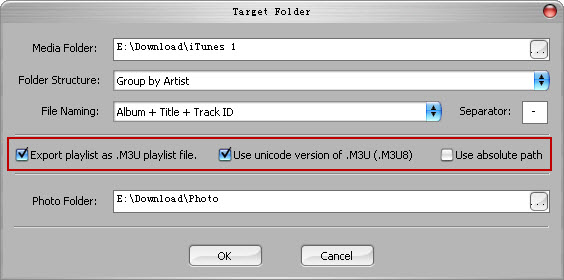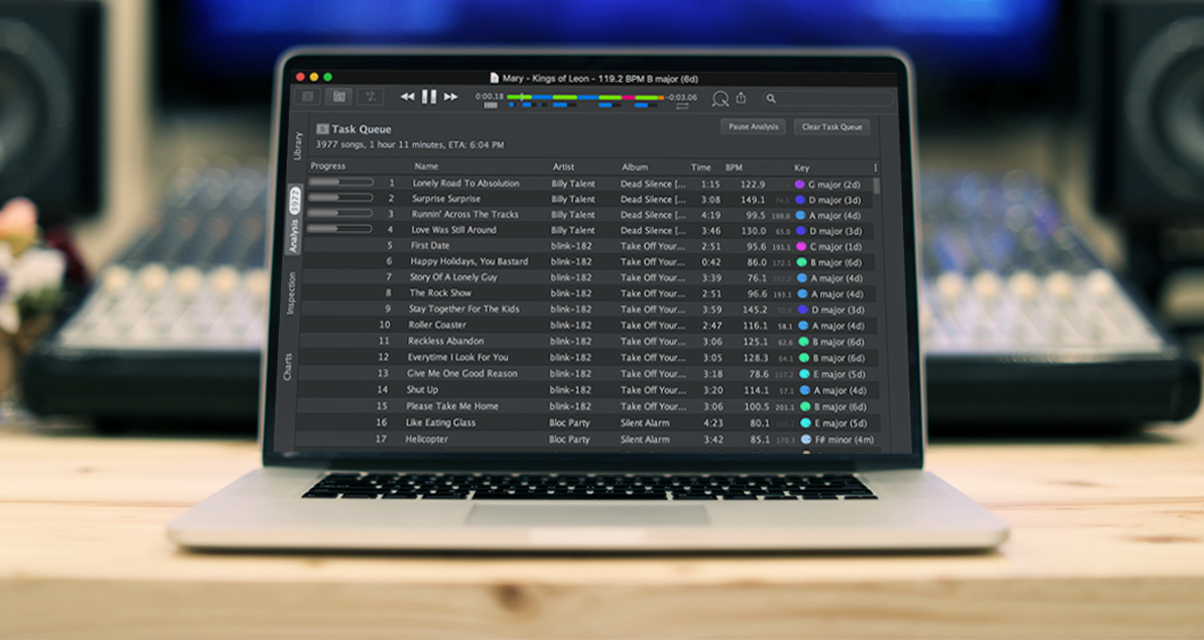
To navigate to it, you can simply type the path into the Explorer navigation bar or tell Explorer to show hidden files.
#EXPORTING M3U FILES FROM BEATUNES WINDOWS#
On Windows the Windows Explorer may hide the folder AppData from you. To get to the user Library, use the Go menu in Finder. You can get to it by opening a Finder window and clicking on the little house icon.Īlso, starting with version 10.7 (Lion), OS X hides the user Library folder from you (while you can still see the system Library). On OS X/macOS the directory denoted as or ~ is not your harddrive, but your home directory.

#EXPORTING M3U FILES FROM BEATUNES CODE#
Note: The example AppleScript code is just that and does not contain any error handling as may be appropriate. If you want to use the example AppleScript code without assigning a keyboard shortcut for the Export Playlist… command, then in place of keystroke "e" using command down use: click menu item "Export Playlist…" of ¬ Otherwise, additional coding will be necessary. This example AppleScript code assumes you've already once selected the Where: and Format: and will use the default names in the Save As:, none of which are the same, and there are no playlists currently at the Where: that would interfere with the limited example AppleScript code. Then in iTunes select the first playlist on the Sidebar and then run the script from Script Editor. To further semi-automate the process, you can use a bit of AppleScript in Script Editor.Įxample AppleScript code: activate application "iTunes"Ĭhange repeat 1 times to the number of times you want it to repeat. It's easy to get into a rhythm, select the first playlist, then ⌘E > enter > down-arrow > ⌘E > enter > down-arrow > etc. m3u is probably the one your car stereo will be looking for. iTunes can import and export all three formats but. This allows me to easily bring up the Save dialog box without having to navigate the menus, and I can then just use the keyboard to easily walk through saving one playlist after the other. m3u but with slightly different handling of Unicode characters that fall outside of the standard set of ASCII symbols.

To semi-automate the process I assigned a keyboard shortcut of ⌘E to the Export Playlist… in System Preferences > Keyboard > Shortcuts > App Shortcuts, as shown the image below. This then brings up a Save dialog box, e.g.: Normally to export a playlist in iTunes one would, e.g., select the target playlist in the Sidebar and then click: File > Library > Export Playlist… Just using iTunes by itself, I do not know of a way to export multiple playlists at the same time, as one can only select one playlist in the Sidebar at a time.


 0 kommentar(er)
0 kommentar(er)
